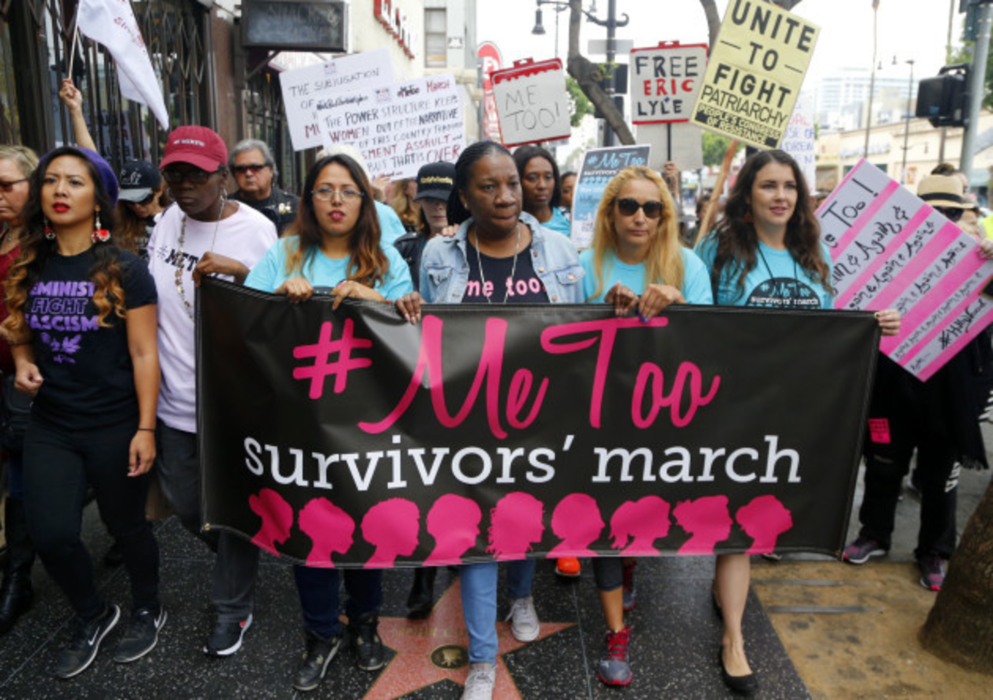Editor’s note: In this second of two articles, we look at the key role social media has played in creating the conditions for exposing sexual misconduct and placing enormous pressure on brands to respond. In the first article, we looked at the Weinsteinification of corporate America, and how brands need to know how to negotiate a #MeToo scandal.
2017 has been the year for social activism, especially when it comes to women. We began the year with the Women’s March on Washington — an event that started with one Facebook post and which saw millions of women marching in cities around the world — and we’ll close out the year with the #MeToo movement. So influential to the year of 2017 was the #MeToo movement that the Times Square Alliance tapped #MeToo creator Tarana Burke to be the special guest at this years Times Square New Years Eve ball drop.
“I am delighted to be participating in this momentous occasion,” said Burke. “I think it’s fitting to honor the #MeToo movement as we close a historic year and set our intentions for 2018. With the new year comes new momentum to fuel this work and we won’t stop anytime soon.”
What has been fascinating to see, throughout all of this, is how social media played its role in the growth of the #MeToo movement, and how brands have — because of social media — responded to it. One very important reason brands have been so swift to address the recent sexual assault and misconduct allegations is, simply, because of the immense power of social media as a voice of consumers.
Brands are more cognizant than ever of the risk of rapid, significant, and even irrevocable damage to brand reputation arising from consumer-driven social media campaigns. This has changed how brands worldwide respond to potential social media disasters.
To say that social media was the vehicle that gave visibility to the outpouring of #MeToo revelations would be an understatement.
“It’s inspiring that one simple hashtag exposed the power social media has to spread global awareness and cultural readiness to change how we respond to this issue,” said Jim Rudden, CMO at Spredfast.
According to Rudden, social media is the main touchpoint for how consumers stay up to date with their favorite brands. It is, for better or worse, the main line of communication between consumers and brands. The personification of business through social has let companies build meaningful one on one interactions with customers through customer service, brand love, and marketing.
“At the same time,” said Rudden, “customers are demanding to know where companies stand on social issues, and they’re going to social to do it.”
For context, the data points on the #MeToo movement are awe-inspiring, and a key indicator for exactly why social media played such a huge part in driving brand’s responses to sexual assault. To date, there have been over 3.1 million tweets; 194, 692 Instagram posts, and 1.6 million Facebook posts around #MeToo since October 15. Business and branding is a numbers-driven game, and that kind of data just doesn’t warrant one to continue looking the other way.
“Social media today has forced new levels of transparency on businesses – from Experian to New Balance to Volkswagen – and understanding the context in social conversations when you’re blindsided is even more challenging,” said Ebonie Newman, Chief Revenue Officer of Storyful.
Not only do brands need the tools that can generate insight into the data compiled from social media, they also need the skills to decipher and craft responses that show they’ve listened to the many voices speaking up. After all, in today’s social era, a bad reputation can spread quicker than ever, though that isn’t the biggest takeaway here. What we’ve learned from the #MeToo movement, and what brands can and should be ever mindful of, is just how influential and important the voices on social media are.








